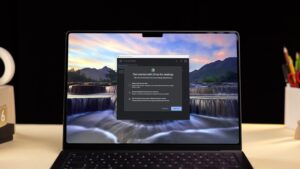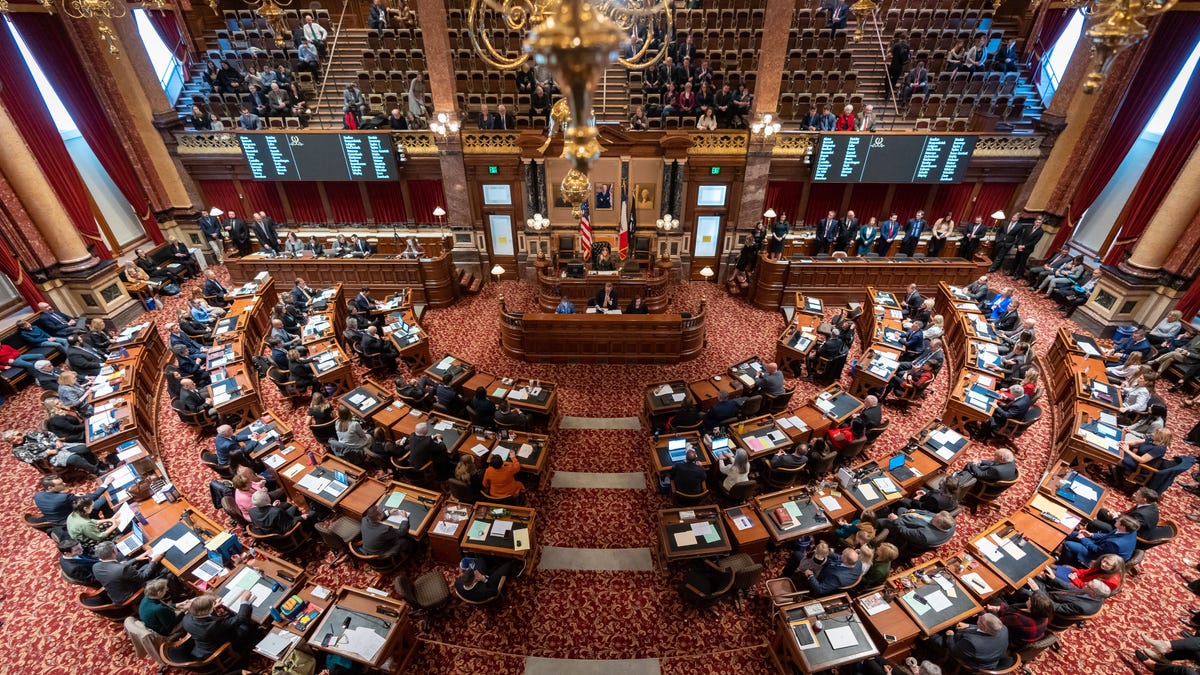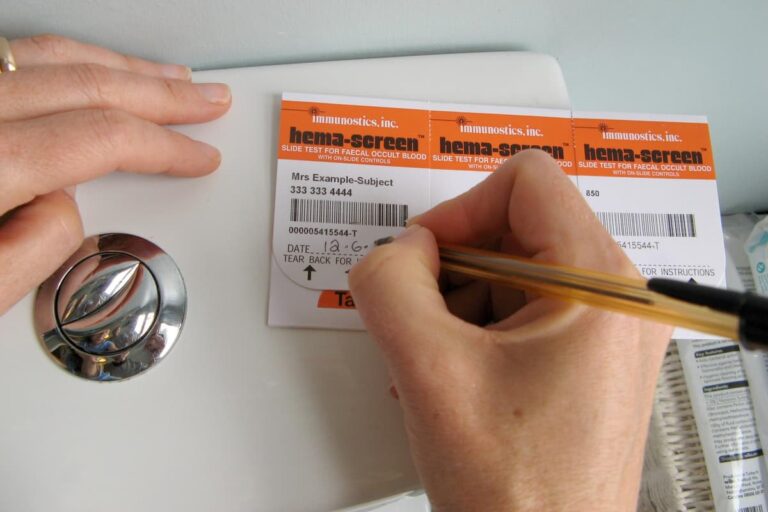Top 5 issues shaping the 2025 Iowa Legislature
Discover the top five issues the Republican-controlled Iowa Legislature could tackle in 2025.
If you haven’t watched “Schoolhouse Rock” recently, it’s probably a good time to get caught up on how a bill becomes a law in Iowa.
State lawmakers return to the Iowa Capitol Jan. 13, where the 2025 legislative session will kick off at 10 a.m. when the House and Senate formally gavel in.
It will be Republicans’ ninth consecutive year in control of the House, Senate and governor’s office since taking the trifecta in the 2016 election. This year, Republicans have supermajorities in both the House and the Senate.
There’s a lot to keep track of during the legislative process.
In 2024, Iowa lawmakers introduced 1,166 pieces of legislation — 719 in the House and 447 in the Senate. Of those, the Iowa Legislature passed 188 measures.
Gov. Kim Reynolds signed 185 bills into law in 2024 and vetoed one bill.
The two other measures passed by lawmakers were resolutions proposing amendments to the Iowa Constitution and did not require the governor’s signature.
So here’s how Iowa’s legislative process works:
How does a bill become a law in Iowa?
Bills go through multiple steps before they can become laws in Iowa.
First, the bill must be filed by a state lawmaker. Then, leadership in the House and Senate must assign that bill to a committee for it to be considered.
Once the bill has been assigned to a specific committee, the committee chair chooses whether to schedule a subcommittee meeting for a smaller group of lawmakers to hear public input and move the bill forward.
Subcommittees are the public’s only chance to directly weigh in on legislation during the legislative process, although Iowans can always contact their lawmakers and urge them to support or oppose a bill.
If the bill is approved in subcommittee, it then moves to a full committee for consideration. Again, it’s up to the committee chair’s discretion to decide if a bill will be called up for a vote.
Bills that pass out of committee are eligible for votes in the full House or Senate, where leadership decides what goes on the agenda.
Bills that pass either the House or the Senate must then go through the whole process again in the other chamber.
To speed up the process, lawmakers sometimes introduce companion bills — identical bills introduced in each chamber — that can go through the committee process in parallel and be swapped out for each other during floor debate.
Once a bill has been approved by a majority in both the House and Senate, it goes to the governor, who can choose to sign it into law or veto it.
What should I expect from the Legislature’s first week? Speeches, speeches, speeches
The first week of the legislative session is all about pomp and ceremony.
Legislative leaders will give opening speeches on Monday, while lawmakers welcome each other and the public back to the Statehouse.
Gov. Kim Reynolds will give her annual Condition of the State address at 6 p.m. Tuesday in the Iowa House chamber. She’ll use the speech to lay out her legislative agenda for the year.
Iowa Supreme Court Chief Justice Susan Christensen will give the Condition of the Judiciary address Wednesday morning.
And Maj. Gen. Stephen E. Osborn, adjutant general of the Iowa National Guard, will give the Condition of the Guard speech on Thursday.
Two ‘funnel’ deadlines will help determine which bills make the cut
Most of the bills introduced in the Iowa Legislature won’t become law.
And two big deadlines play a key role in winnowing down bills that lack the support to pass.
The first “funnel” deadline is March 7. By that point, a bill must make it through a full committee in the chamber where it was introduced. So a House bill must pass both a subcommittee and a full committee in the House to remain viable.

What is Iowa’s legislative ‘funnel’ and how does it work? (2025)
A look at how the Iowa Legislature uses the “funnel” during its legislative session.
The second funnel is four weeks later, April 4.
By that date, bills must pass a full chamber and a full committee in the opposite chamber to remain alive. So a House bill must pass the House and advance through a full Senate committee by the deadline.
Not all bills are subject to the funnel deadlines. Spending bills and changes to tax policy are exempt.
And lawmakers can resurrect bills in other ways, such as adding them as amendments to other bills or by leadership in both chambers cosponsoring a new bill.
So, how long will Iowa’s legislative session last?
Lawmakers will be aiming to finish the session around May 2.
That’s the 110th calendar day of the session, when lawmakers’ per diem stipends for expenses such as hotels and gas run out.
However, there is no firm date when the session has to adjourn. Lawmakers often go past their target end date as they wrangle over the final details of bills and the state’s budget.
Here’s how to follow legislative action and read Iowa bills online
Even if you’re not up at the Capitol, you can still track bills and stream floor debates online.
Lawmakers also allow the public to watch subcommittee and committee meetings virtually.
The House and Senate post daily agendas of subcommittee and committee meetings online, with information on how to stream them.
If you want to find your legislator and reach out, you can do so on the legislative website at https://www.legis.iowa.gov/legislators/find.
And you can track all the legislative action through the Des Moines Register in print, online and in your inbox with our daily politics newsletter. Sign up at DesMoinesRegister.com/PoliticsNewsletter.
While you’re at it, follow the Register on Facebook, X (formerly Twitter), Instagram, Threads and TikTok.
Stephen Gruber-Miller covers the Iowa Statehouse and politics for the Register. He can be reached by email at [email protected] or by phone at 515-284-8169. Follow him on X at @sgrubermiller.










